Home>Home Appliances>Bathroom Appliances>How To Know If You’ve Lost Weight Without A Scale
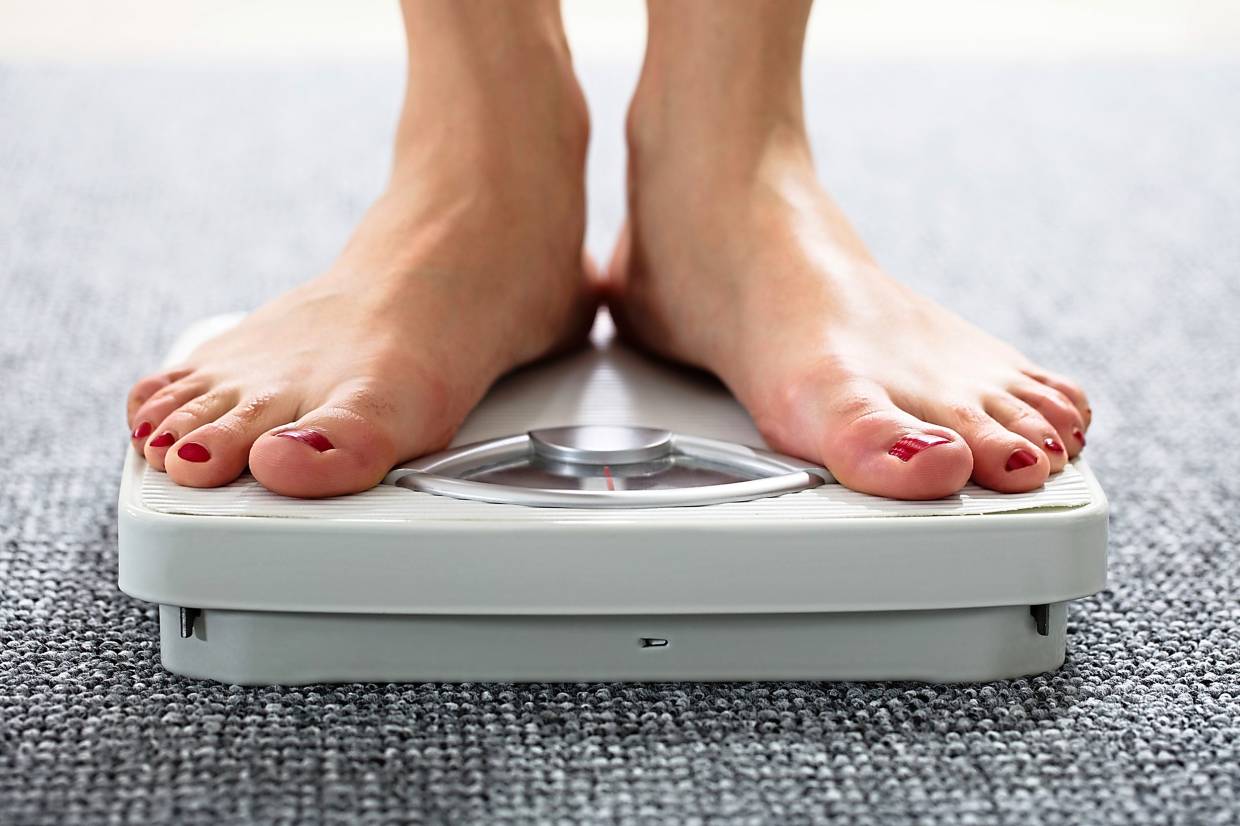

Bathroom Appliances
How To Know If You’ve Lost Weight Without A Scale
Published: February 13, 2024
Discover how to track weight loss progress without a scale using bathroom appliances. Learn effective methods to measure your success.
(Many of the links in this article redirect to a specific reviewed product. Your purchase of these products through affiliate links helps to generate commission for Storables.com, at no extra cost. Learn more)
Changes in Clothing Fit
One of the most tangible and immediate indicators of weight loss is the way your clothing fits. As you embark on a journey to a healthier lifestyle, you may notice significant changes in the way your clothes hang on your body. These changes can serve as a reliable barometer of your progress, often providing a more accurate reflection of your weight loss than a scale ever could.
Read more: How To Know If Your Weight Scale Is Accurate
1. Looser Fit
As you shed excess weight, your clothes may start to feel looser and more relaxed on your body. Pants that once felt snug around the waist might now require a belt to keep them from sliding down. Similarly, shirts and blouses that used to feel tight around the arms or chest may now drape more comfortably, allowing for increased freedom of movement. The sensation of your clothing feeling less constricting is a clear sign that your body has undergone a transformation.
2. Belt Notches
Another telltale sign of weight loss can be observed in the notches of your belt. If you find yourself cinching your belt a notch or two tighter than before, it's a strong indication that your waistline has slimmed down. This physical adjustment in the way you wear your belt can be a gratifying confirmation of your progress, serving as a daily reminder of your hard work and dedication.
3. Baggy Clothing
In some cases, you may notice that certain garments appear noticeably baggy or oversized on your frame. This is particularly evident in items that were once form-fitting but now seem to hang loosely. While it may be tempting to attribute this to stretched fabric, the consistent occurrence across multiple pieces of clothing is a compelling sign that your body has undergone a positive transformation.
4. New Wardrobe Needs
As your weight decreases, you may find yourself in need of a new wardrobe to accommodate your changing body shape. Clothes that were previously too snug or uncomfortable to wear might now fit perfectly, while some items may appear excessively large. This transition presents an exciting opportunity to explore new styles and embrace a fresh, confident look that aligns with your evolving physique.
In essence, the changes in how your clothing fits can serve as a tangible and encouraging reflection of your weight loss journey. Paying attention to these subtle yet significant transformations in your wardrobe can provide a sense of accomplishment and motivation as you continue on the path to a healthier and happier you.
Key Takeaways:
- Your clothes can tell you if you’ve lost weight! If they feel looser, you might need a smaller belt notch, or even a whole new wardrobe. It’s a fun way to see your progress without a scale!
- Taking body measurements can show your progress better than a scale. You can celebrate non-scale victories, stay motivated, and see real changes in your body. It’s a cool way to track your health journey!
Read more: How To Determine Your Weight Without A Scale
Body Measurements
Embarking on a journey toward a healthier lifestyle often involves a multifaceted approach to tracking progress. While the number on a scale is a common point of reference, body measurements offer a comprehensive and insightful method of gauging physical changes. By capturing specific dimensions of various body parts, individuals can gain a deeper understanding of their transformation beyond mere weight loss. Here's a closer look at the significance of body measurements in assessing progress and celebrating achievements.
1. Tracking Changes
Measuring key areas of the body, such as the waist, hips, chest, arms, and thighs, provides a comprehensive overview of physical changes. As individuals engage in regular exercise and adopt healthier eating habits, these measurements can serve as a valuable tool for monitoring progress. By recording these dimensions at the onset of their wellness journey and periodically thereafter, individuals can observe tangible reductions in circumference, indicating a positive shift in body composition.
2. Non-Scale Victories
Body measurements offer a holistic perspective on transformation, allowing individuals to celebrate non-scale victories. While fluctuations in weight can be influenced by various factors, such as water retention and muscle gain, changes in body measurements offer a more accurate reflection of progress. Witnessing a reduction in waist size or noticing a decrease in thigh circumference can be immensely gratifying, signifying tangible improvements in overall health and fitness.
3. Motivation and Accountability
Regularly taking body measurements can serve as a powerful source of motivation and accountability. As individuals witness reductions in specific areas, they are encouraged to persist in their efforts, knowing that their hard work is yielding visible results. Additionally, tracking measurements provides a sense of accountability, as individuals are able to objectively assess their progress and make informed adjustments to their wellness strategies.
4. Encouraging Long-Term Commitment
Incorporating body measurements into a wellness regimen encourages a long-term commitment to health and fitness. Unlike the transient nature of scale readings, body measurements offer a more enduring and meaningful representation of progress. By embracing this comprehensive approach to tracking transformation, individuals are motivated to prioritize sustainable lifestyle changes that contribute to their overall well-being.
5. Celebrating Achievements
Finally, body measurements provide a platform for celebrating achievements and milestones. Witnessing reductions in specific measurements signifies tangible progress, reinforcing the positive impact of dedicated efforts toward a healthier lifestyle. This celebratory aspect of body measurements fosters a sense of pride and accomplishment, inspiring individuals to continue their wellness journey with renewed vigor and determination.
In essence, body measurements offer a multifaceted and insightful method of tracking progress on the path to improved health and well-being. By incorporating these measurements into their wellness regimen, individuals can gain a comprehensive understanding of their physical transformation, celebrate non-scale victories, and stay motivated on their journey toward a healthier and happier life.
Visual Observations
Visual observations play a pivotal role in discerning changes in one's physique, offering a compelling and immediate insight into the effects of a wellness journey. As individuals embark on a path toward improved health and fitness, visual cues provide a tangible representation of their progress, often transcending the limitations of numerical metrics. By keenly observing and interpreting visual transformations, individuals can gain a profound understanding of the positive changes occurring within their bodies.
1. Facial Structure
The face serves as a prominent canvas for visualizing the impact of weight loss. As individuals shed excess weight, subtle yet discernible changes in facial structure become apparent. Reductions in facial puffiness and the emergence of more defined jawlines and cheekbones are indicative of the body's transformative journey. These visual cues not only reflect physical changes but also contribute to a heightened sense of confidence and well-being.
2. Body Contours
Visual observations extend to the contours of the body, where the effects of weight loss become strikingly evident. As individuals progress on their wellness journey, they may notice a gradual reshaping of their body contours. The reduction of adipose tissue in areas such as the abdomen, hips, and thighs leads to a more defined and sculpted appearance. These visual transformations serve as a testament to the positive impact of healthy lifestyle choices on one's physical well-being.
3. Posture and Alignment
Weight loss often influences posture and body alignment, resulting in observable changes in how individuals carry themselves. As excess weight diminishes, individuals may notice an improvement in their posture, characterized by a straighter and more upright stance. This visual shift in posture not only reflects the physical changes occurring within the body but also signifies an enhanced sense of vitality and self-assurance.
4. Clothing Fit
Visual observations are intricately linked to the way clothing fits on the body. Individuals may visually perceive the alterations in how their garments drape and conform to their evolving physique. As excess fabric diminishes and silhouettes become more defined, individuals are met with a visual testament to their progress. The visual impact of well-fitted clothing serves as a source of motivation and reinforces the positive changes taking place.
5. Overall Vitality
Beyond specific physical attributes, visual observations encompass an overall sense of vitality and well-being. As individuals undergo weight loss, a palpable radiance and energy become apparent in their demeanor. This visual manifestation of vitality serves as a powerful affirmation of the transformative effects of a healthier lifestyle, inspiring individuals to continue their journey toward improved health and happiness.
In essence, visual observations offer a compelling and multifaceted lens through which individuals can witness and appreciate the transformative effects of weight loss. By keenly observing and interpreting these visual cues, individuals gain a deeper appreciation for the positive changes occurring within their bodies, fostering a sense of motivation and empowerment on their wellness journey.
Read more: How To Reset A Weight Scale
Feedback from Others
Receiving feedback from others can provide valuable insights into the impact of weight loss on an individual's overall well-being. The observations and comments from friends, family members, and acquaintances can serve as a powerful external validation of the progress made on the journey toward improved health and fitness.
- Encouragement and Support
Feedback from others often includes words of encouragement and support, which can be profoundly motivating. When individuals receive positive affirmations regarding their physical transformation, it reinforces their commitment to their wellness journey. Encouraging remarks from others can instill a sense of pride and determination, fueling the individual's resolve to continue making positive lifestyle choices.
- Recognition of Efforts
Acknowledgment of the efforts invested in achieving weight loss goals can be immensely gratifying. When others recognize the dedication and perseverance demonstrated by individuals on their wellness journey, it validates their hard work and commitment. This recognition serves as a powerful affirmation of the positive changes occurring within their bodies, fostering a deep sense of accomplishment and pride.
- Behavioral Changes
Feedback from others may also extend to observations of behavioral changes accompanying weight loss. Loved ones and acquaintances may notice increased energy levels, a more positive outlook, and a heightened sense of confidence. These behavioral transformations serve as tangible evidence of the holistic impact of weight loss, extending beyond physical changes to encompass emotional and psychological well-being.
- Impact on Relationships
The feedback received from others can shed light on the impact of weight loss on interpersonal relationships. Loved ones may express admiration for the individual's improved health and vitality, fostering a deeper sense of connection and mutual well-being. Additionally, the positive changes observed by others can inspire individuals to serve as role models for their friends and family, encouraging them to embark on their own wellness journeys.
- Motivational Catalyst
Ultimately, feedback from others serves as a motivational catalyst, propelling individuals forward on their path to improved health and happiness. The positive observations and comments from friends and family members reinforce the transformative effects of weight loss, inspiring individuals to persist in their efforts and maintain their commitment to a healthier lifestyle.
In essence, feedback from others plays a pivotal role in affirming the impact of weight loss on an individual's life. The encouragement, recognition, and observations provided by friends and family members serve as powerful motivators, reinforcing the positive changes occurring within the individual and inspiring them to continue their journey toward improved health and well-being.
Frequently Asked Questions about How To Know If You've Lost Weight Without A Scale
Was this page helpful?
At Storables.com, we guarantee accurate and reliable information. Our content, validated by Expert Board Contributors, is crafted following stringent Editorial Policies. We're committed to providing you with well-researched, expert-backed insights for all your informational needs.


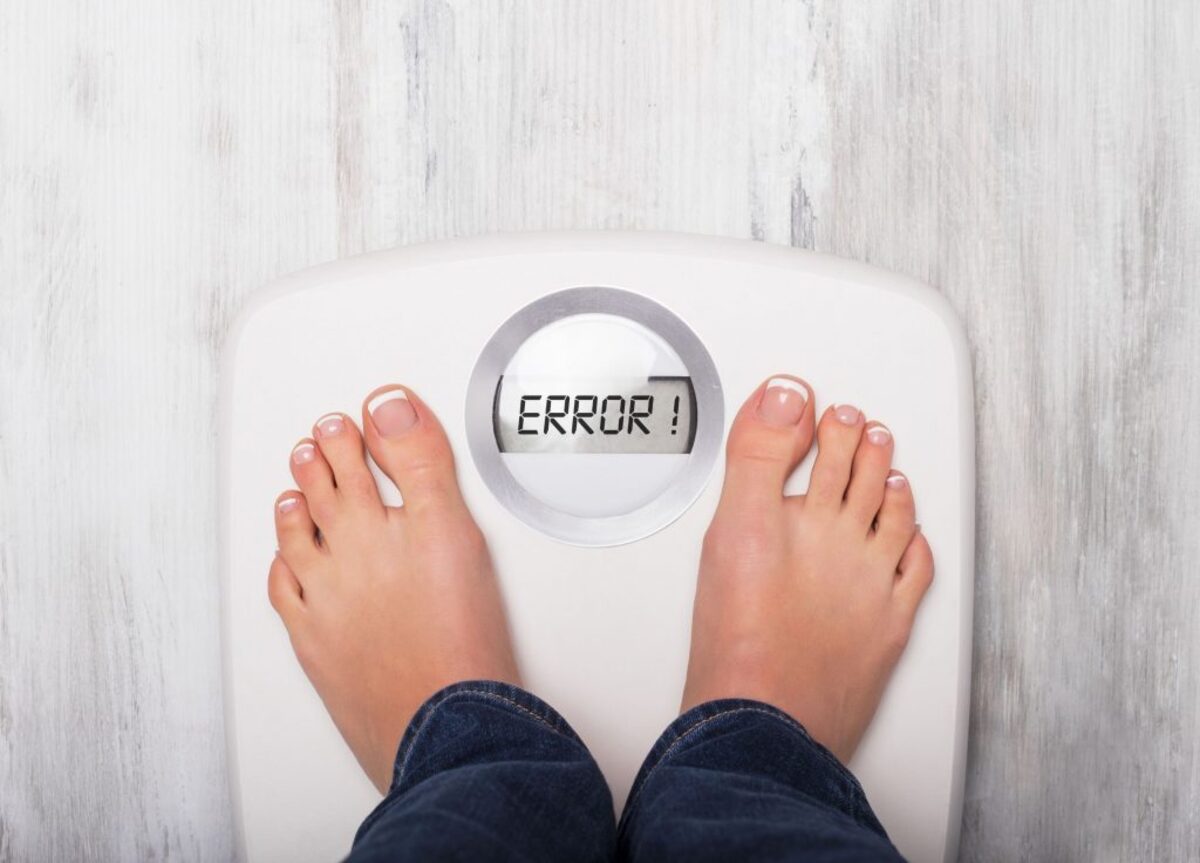
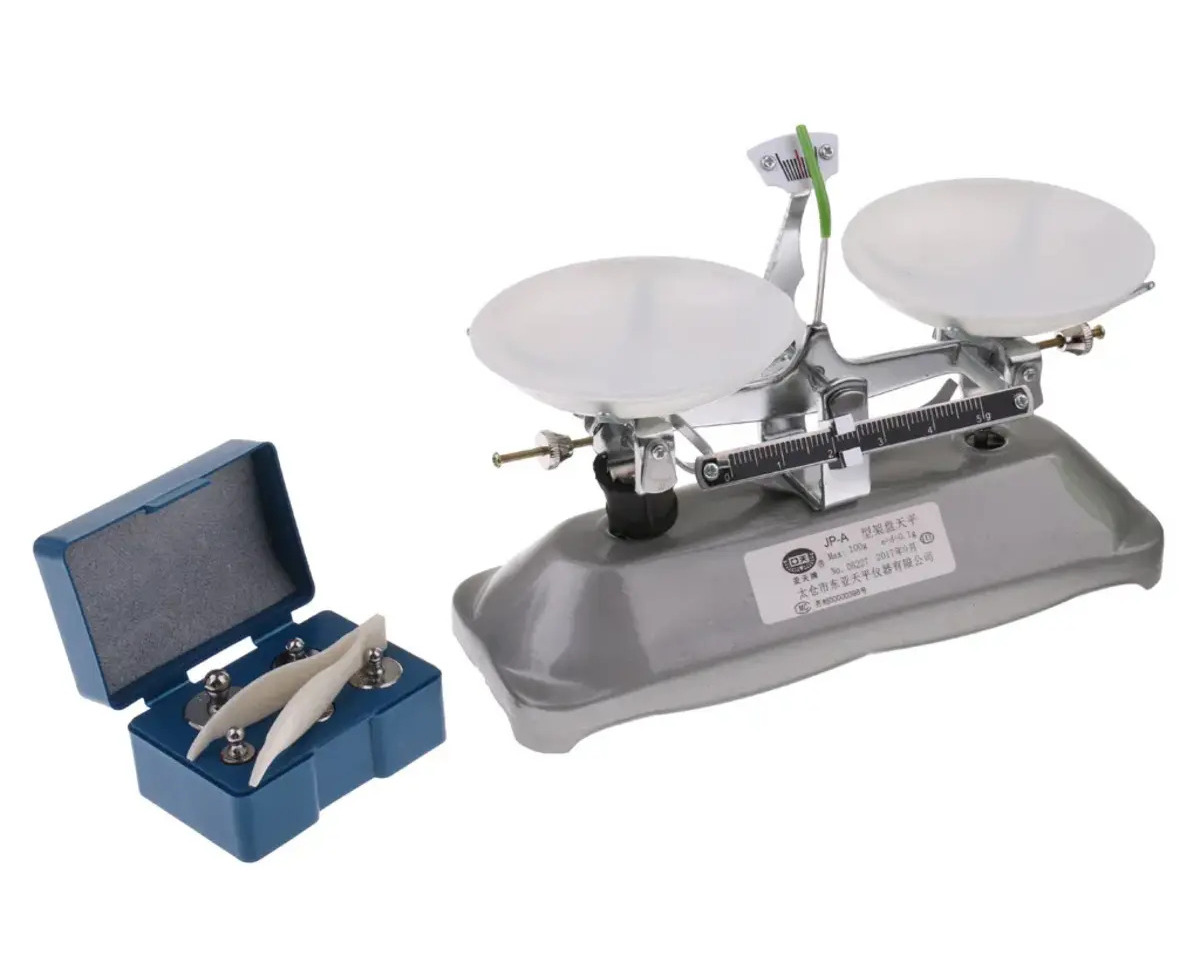
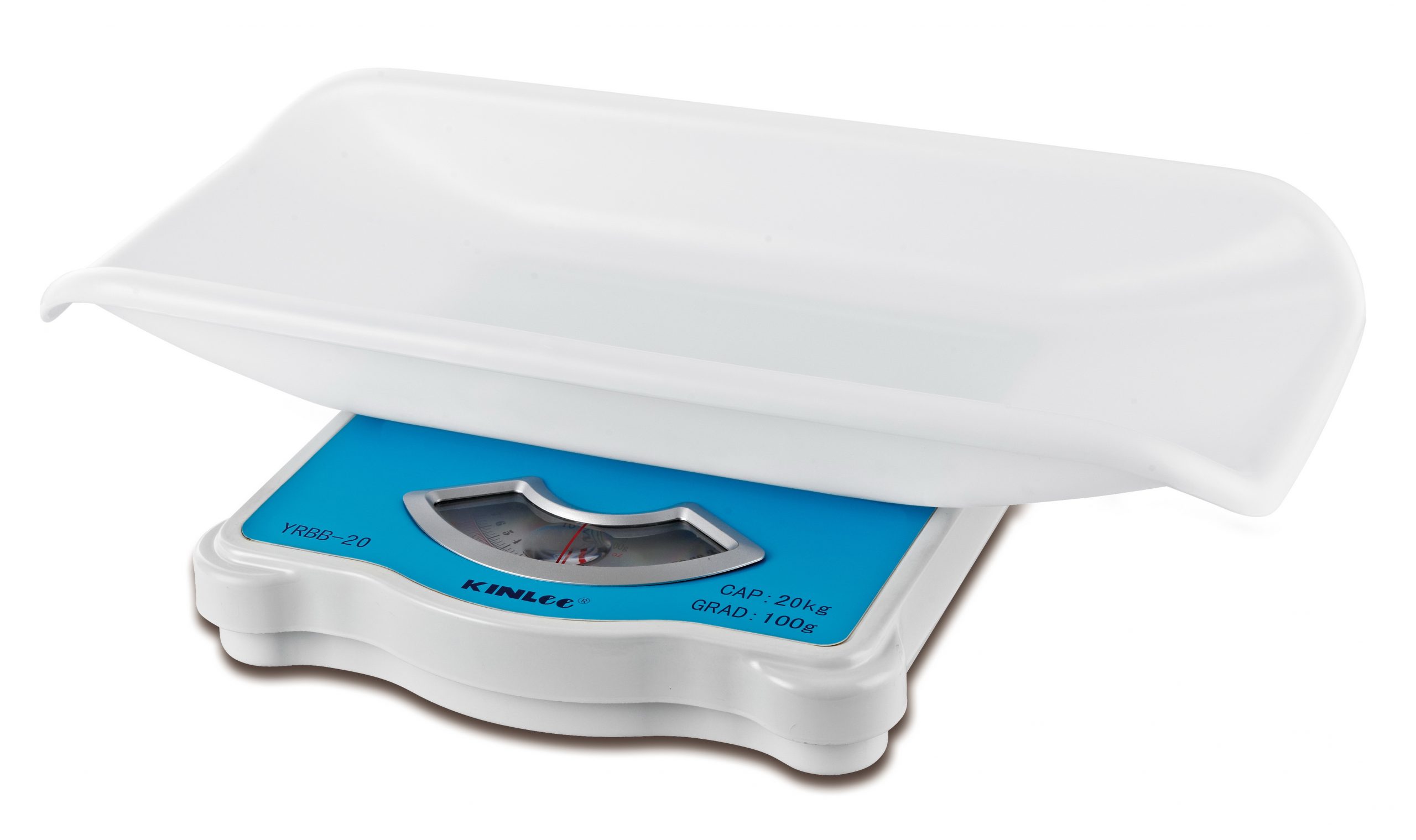
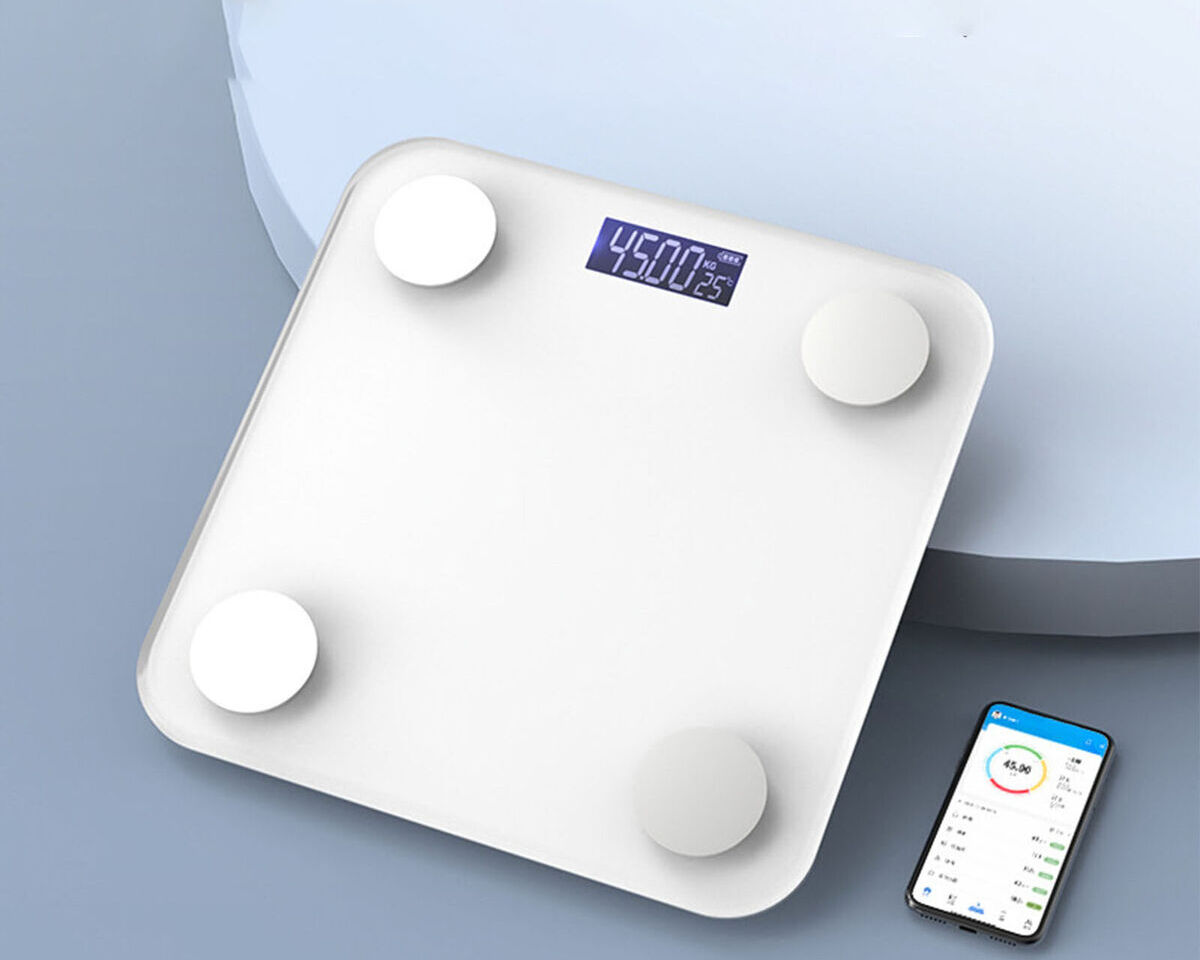
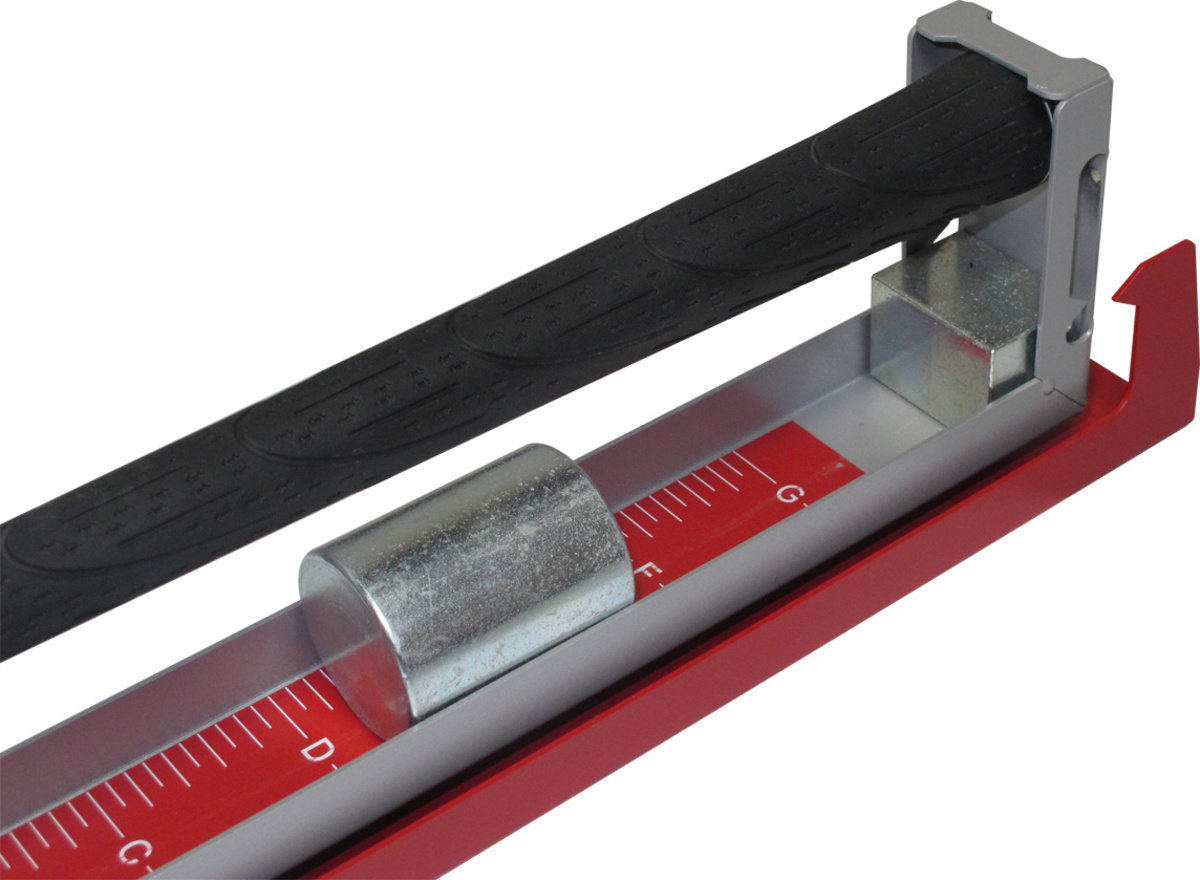

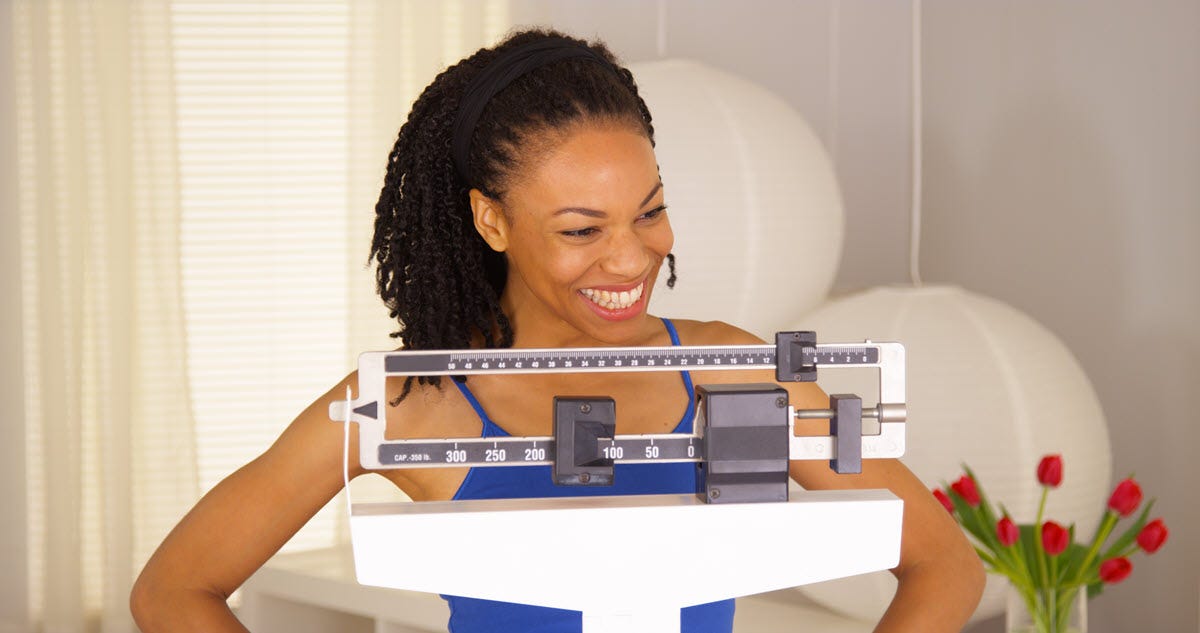
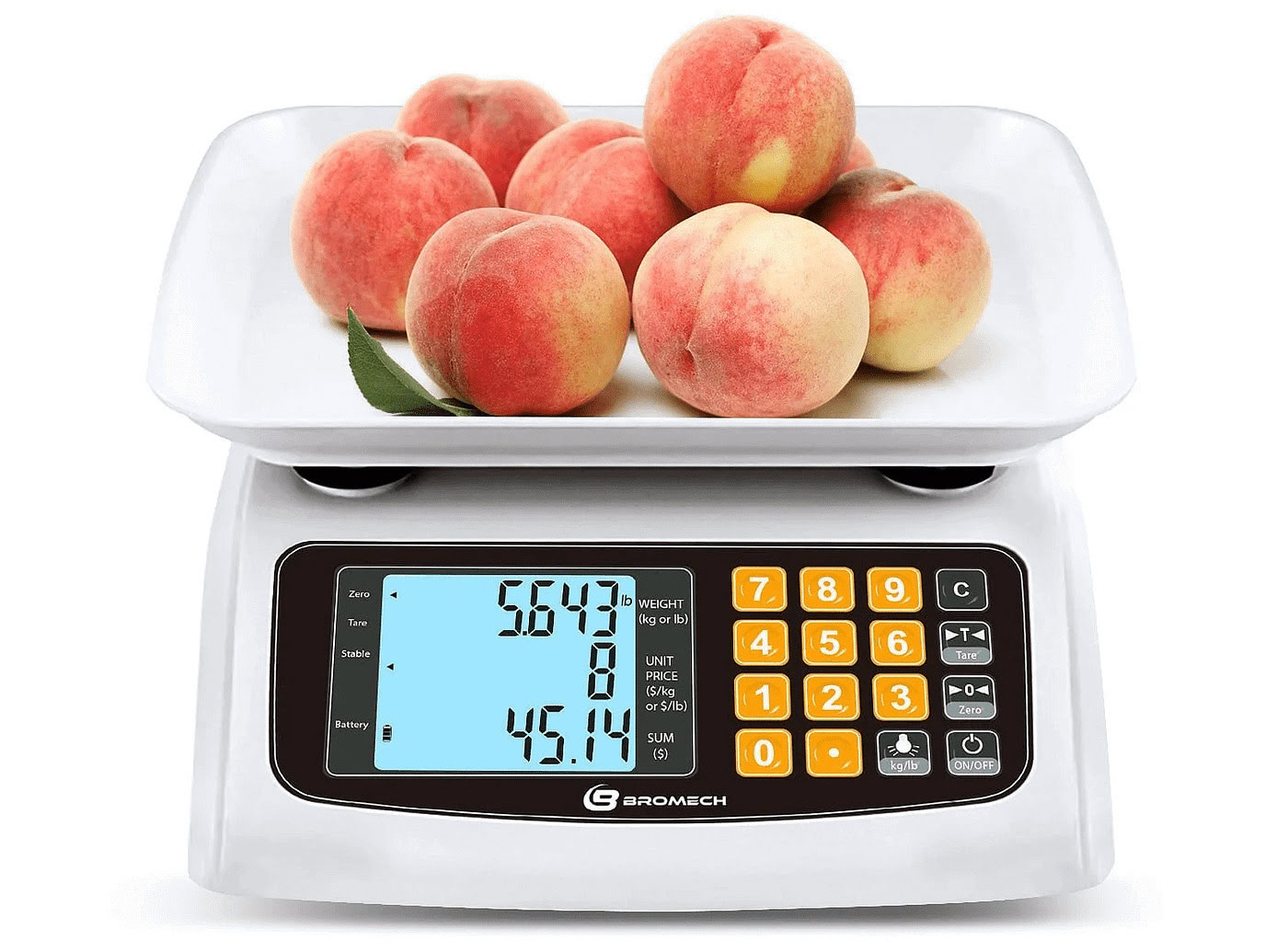
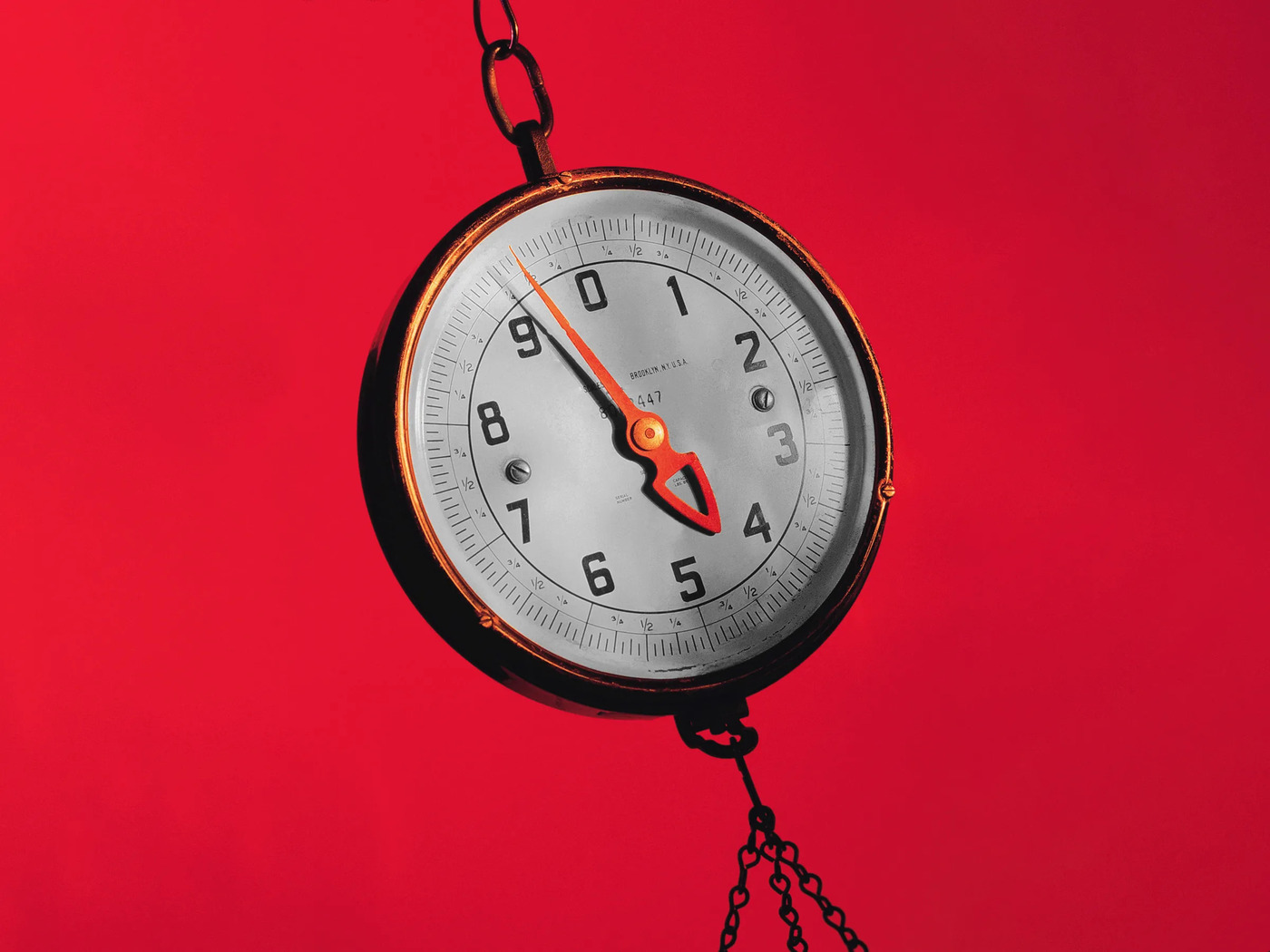

0 thoughts on “How To Know If You’ve Lost Weight Without A Scale”